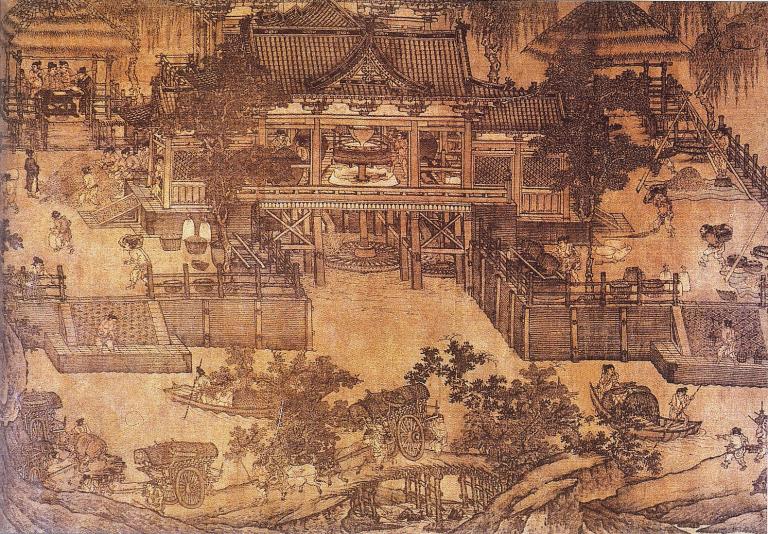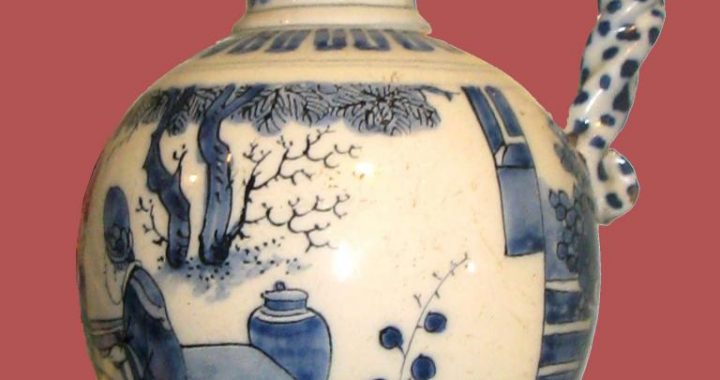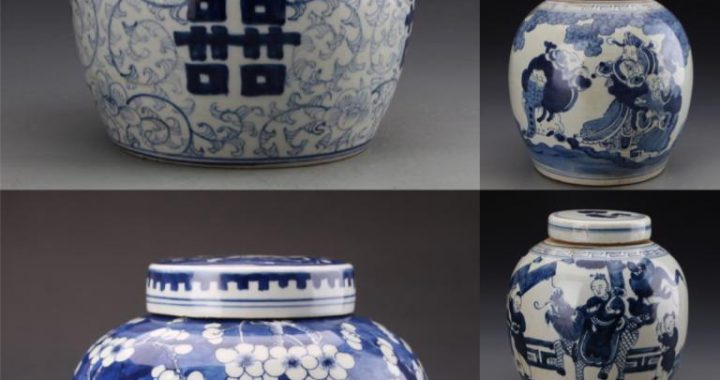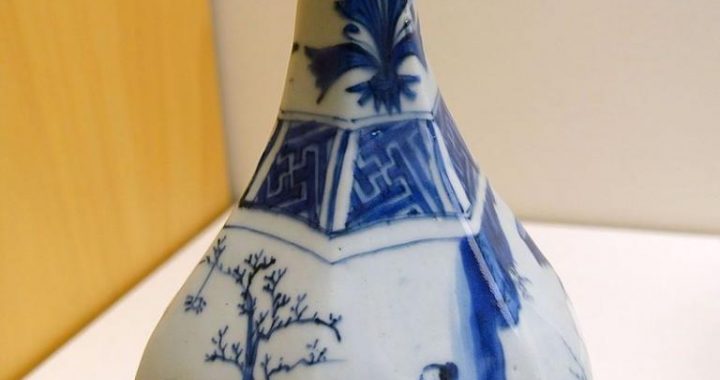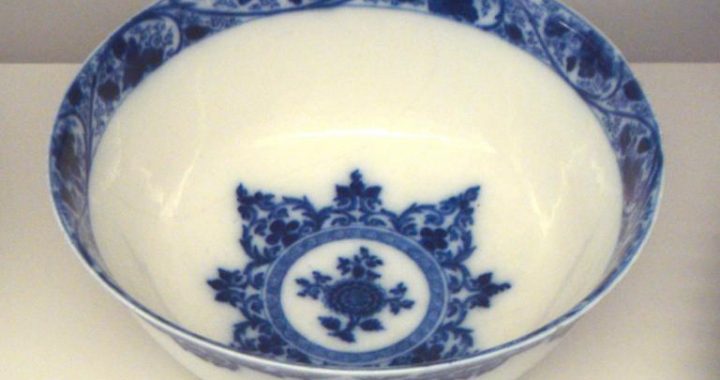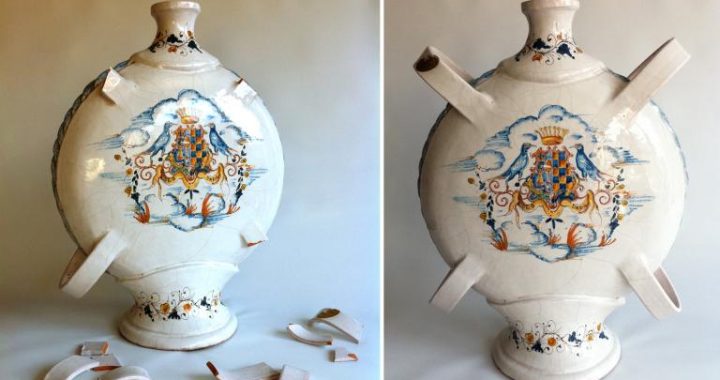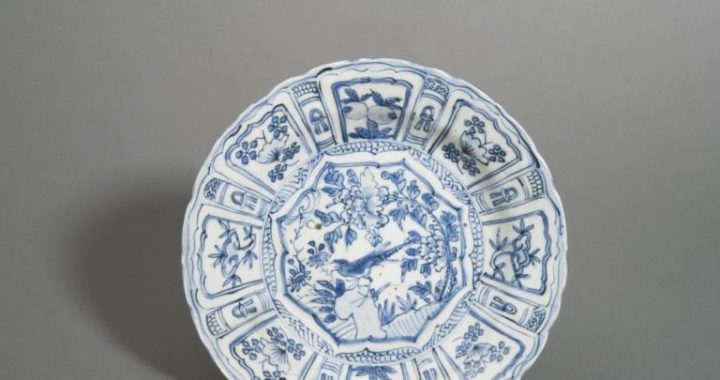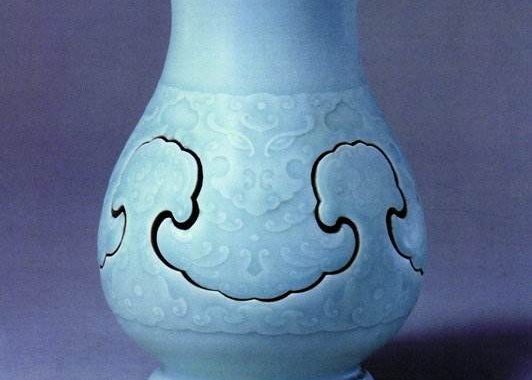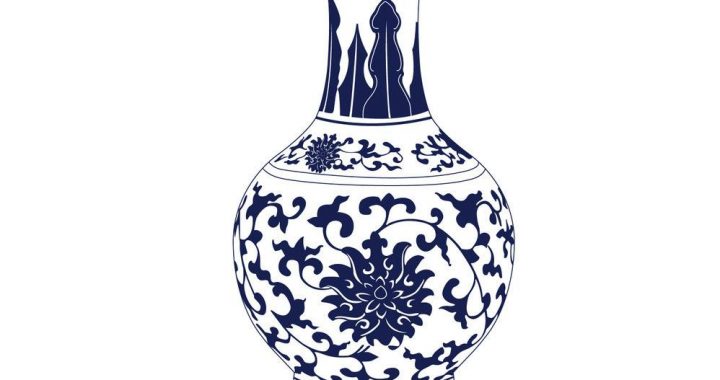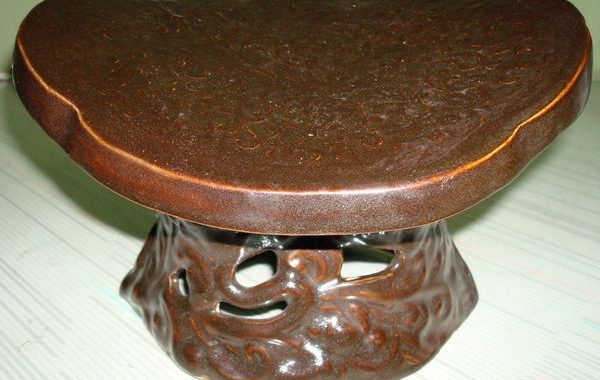The Prosperous Official and Civilian Kilns of the Song Dynasty
2 min readThe Song dynasty was divided into two distinct periods by the southward fleeing of its rulers and reestablishment of the capital in Lin’an city(modern-day Hangzhou)in the south,which was due to its overwhelming defeat in the battlefield and the fall of its former capital in the north.According to the different locations of the two capital cities for the two different periods,the former and latter were respectively named the Northern Song and the Southern Song,and each of them possessed its own official kilns.

The Official kiln(better known as Guan kiln,or“guanyao”in Chinese)took shape in the Tang dynasty.In a broad sense,it refers to all kilns producing wares for the court.As a matter of fact,almost every notable kiln in China was commissioned to make porcelains for the court.The Official kiln system developed mainly in the Song dynasty when special kilns were set up by the court to exclusively meet its own needs.As a result,Official kiln became a terminology,to particularly refer to the Official kilns of the Northern Song and the Southern Song.Due to its aid from government,the Official kiln gathered a variety of exquisite porcelain-making technologies of the time,and was ranked as one of the five famous kilns of the Song dynasty,along with Ding kiln,Ru kiln,Jun kiln,and Ge kiln.
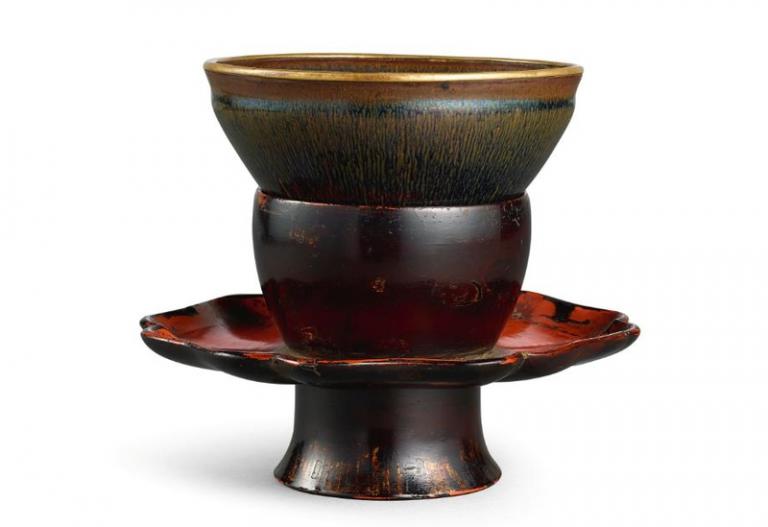
Besides the splendor of official kilns,civilian kilns also enjoyed a rapid development,and resulted in the formation of the well-known eight kiln types of the Song dynasty,all boasting different styles,diversified types,and more lively shapes than royal products.
